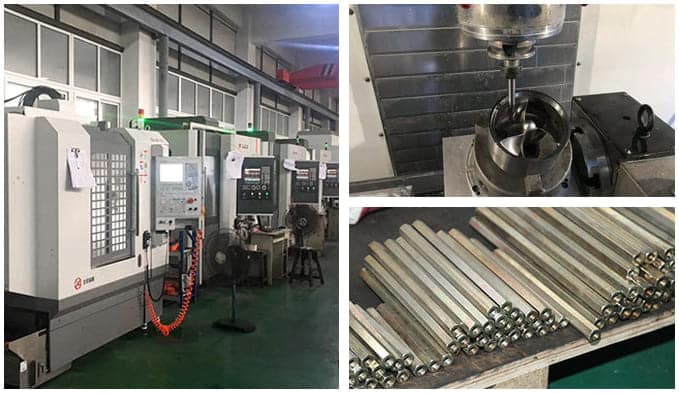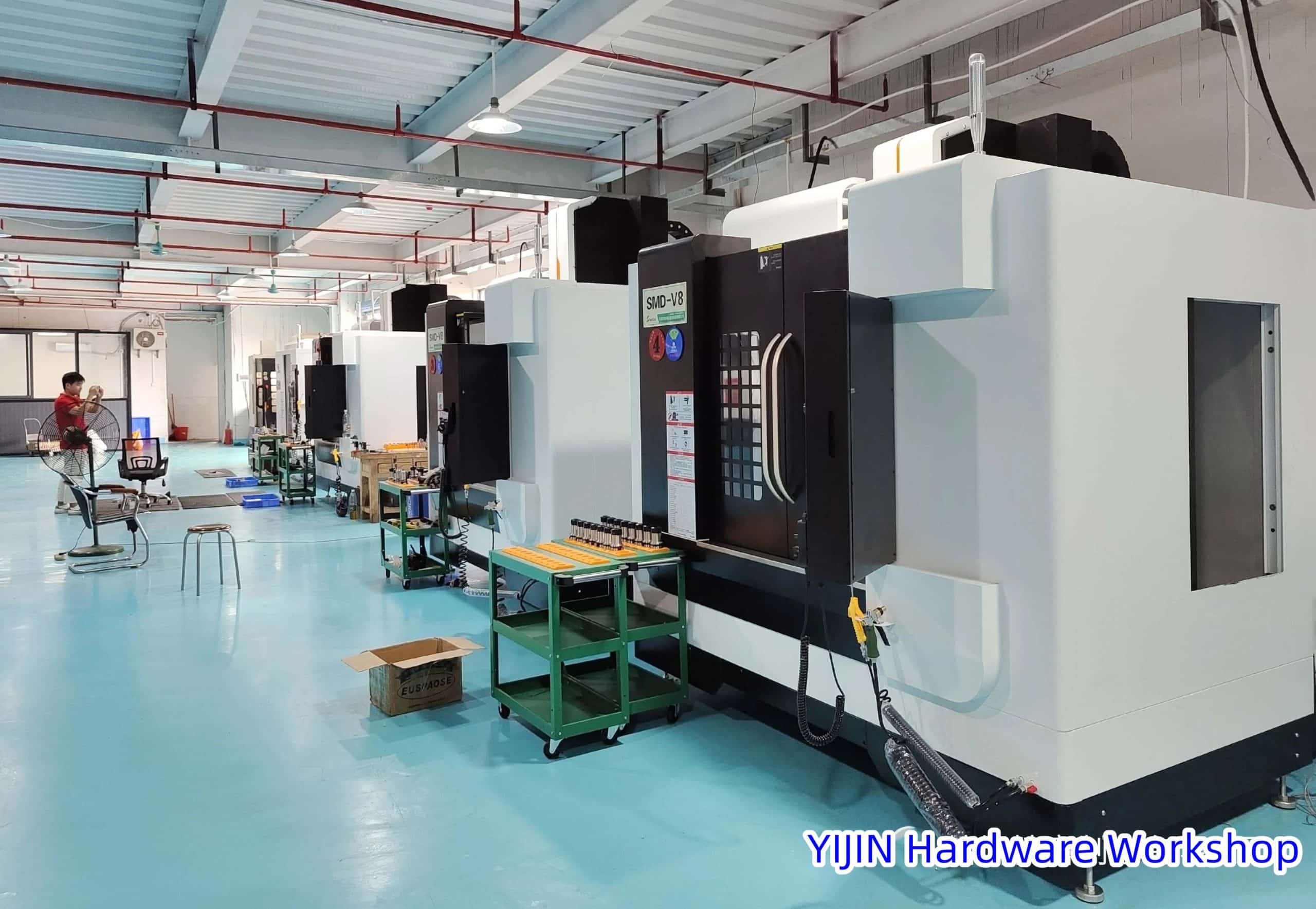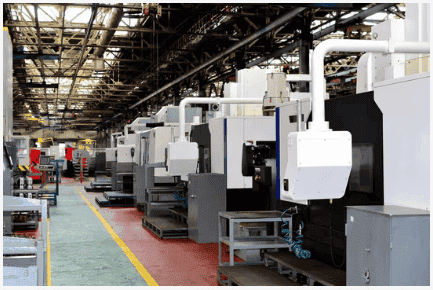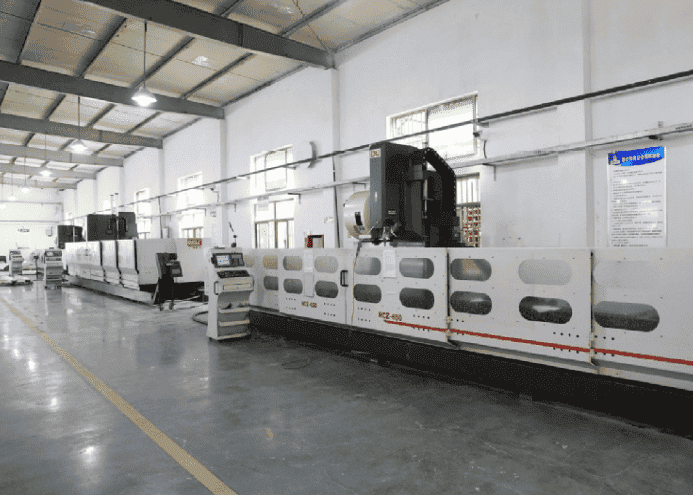CNC or elaborated as Computer Numerical Control represents a computer program-controlled manufacturing process.
CNC machining parts automate the control, movement, and precision of machine tools through the instructions of preprogrammed computer software.
A CNC system is normally made of three basic structures. There is CNC software in the control system for giving instructions along with the units for controlling machines and processing the materials.
This CNC method is extensively used in manufacturing industries for prototyping and full-item production.
Among all the metals on earth, aluminum is particularly utilized for making CNC machining parts.
Aluminum shows some specific chemical and physical properties that are well-suited for building CNC machining systems with higher accuracy and premium quality.
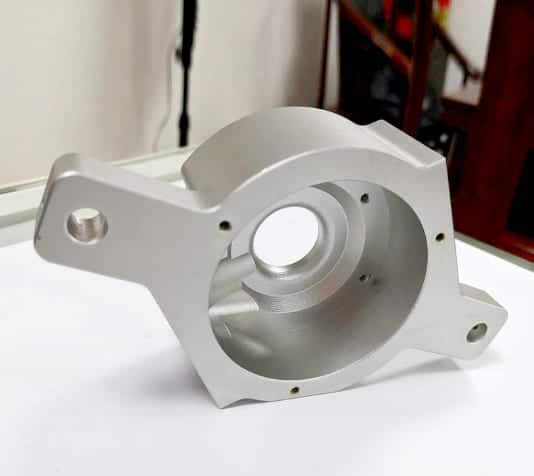
Aluminum CNC parts exhibit excellent machinability, heat, and electricity conductivity, high tensile strength, recyclability, and so on.
For these reasons, aluminum is preferred by the manufacturing industries around the world.
At the same time, Aluminum CNC parts have some disadvantages like lower hardness, limited temperature resistance, etc.
It is extremely crucial to know about the benefits and drawbacks of Aluminum machining parts so that the manufacturers can decide when they should use this metal for which product.
Let’s discuss the key aspects of using Aluminum CNC parts in manufacturing industries.
Benefits of Aluminium CNC Parts
Computer-programmed manufacturing industry highly prefers Aluminum parts for CNC machining.
CNC aluminum machining has been used on a larger scale to produce a wide range of products from automotive parts to lightweight components.
Basically, the exceptional characteristics that aluminum exhibits have made this metal a well-deserved candidate for CNC machining systems.
Today’s discussion aims to explain the benefits of aluminum CNC parts for your better understanding.
Let’s dig deeper into the convenience of using aluminum CNC machining.
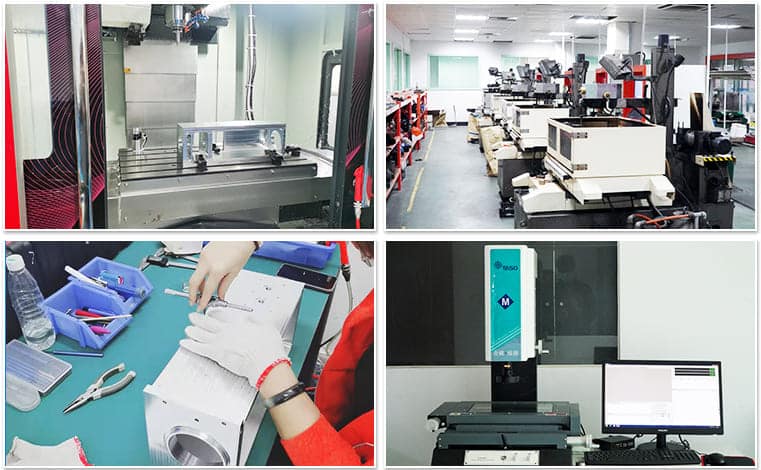
-
Lightweight and High-Strength
Aluminum is a lightweight metal which is highly malleable. It is easy to transform into different shapes.
This physical property is suitable for manufacturing CNC machining parts.
The lightweight yet high-strength nature of Aluminum makes it a preferred option for manufacturing critical parts in a wide range of industries, such as the automotive industry, aerospace industry, etc.
Aluminum CNC parts are widely used in the aircraft manufacturing industries. There are different aluminum grades that serve different functions.
To elaborate, 6061 is a general-use grade among different versions of aluminum. This model has a large value of strength-to-weight ratio.
On the other hand, industries like the aircraft industry, and the marine industry require an aluminum model which has extra strength. So, they need to use a grade like 7075.
Learn More: 6061 Vs. 7075 Aluminum, Which One Is Better?
-
Excellent Corrosion Resistance
Corrosion is actually a natural event through which refined metals get deteriorated through chemical or electrochemical reactions with the environment.
On the contrary, corrosion resistance means shielding the substrate and protecting it from any kind of corrosive environment.
The metal with higher corrosion resistance holds the binding energy and tolerates the deterioration and chemical breakdown when the metal is exposed to its environment.
Aluminum has a nature of resisting such corrosion.
This highly corrosion-resistant capability makes Aluminum stand out for CNC machining.
Aluminum is capable of creating a thin outer surface of aluminum oxide. This layer is formed when the metal surface directly contacts and reacts with air.
There are different categories or grades of Aluminum based on which it offers different degrees of resistance to corrosion.
This property of Aluminum is very important in the manufacturing industry to protect the products against chemical wear and oxidation.
Among these, 6061 is one of the most corrosion-resistant grades, and it provides a higher range of protection against corrosive environments.
That is why effective use of this metal is made in CNC machining works for preventing damage due to oxidation.
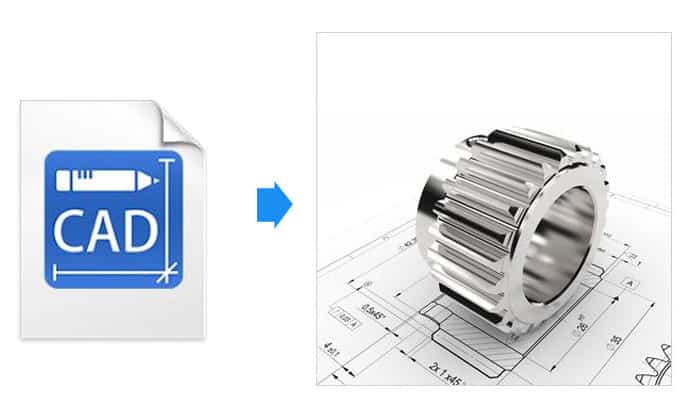
-
Good Thermal and Electrical Conductivity
Aluminum works as a reliable source of conducting heat and electricity. It is better than steel as it transports heat three times more efficiently compared to steel.
For this reason, Aluminum is used in making parts like automotive heat exchangers.
Along with this, Aluminum is a great conductor of electricity to make it ideal for CNC machining parts.
That is why the CNC-machined aluminum parts are used to produce electrical circuits. To be specific, at 25 degrees Celsius, aluminum conducts around 37.7 million Siemens per meter.
Furthermore, aluminum is commonly used in electrical lines, transformers,electricity-driven buses, light bulbs, and so on.
-
Wide Range of Machining Capabilities
Here comes another wonderful advantage of using aluminum CNC parts which is its superior machinability.
Machinability means how easily a particular metal can be cut or shaped to produce various products.
Aluminum is extremely easy to handle for manufacturing various products.
It is a popular choice among the engineers as it can be easily cut and molded.
Also, the metal with higher machinability can be used to get a satisfactory surface finish.
When a metal has good machinability, it requires minimum power to cut it and reduces wear on the tooling.
Another thing is that Aluminum, the metal with higher machinability serves another good purpose.
The machining projects of Aluminum parts can be finished in a shorter time frame which will result in a cheaper expense.
The efficiency of Aluminum CNC machining is higher than other materials. In addition to that, there is a lesser risk of part deformation when it comes to Aluminum CNC machining parts.
Overall, it is a great choice when you want to do things precisely, accurately, and repeatedly.
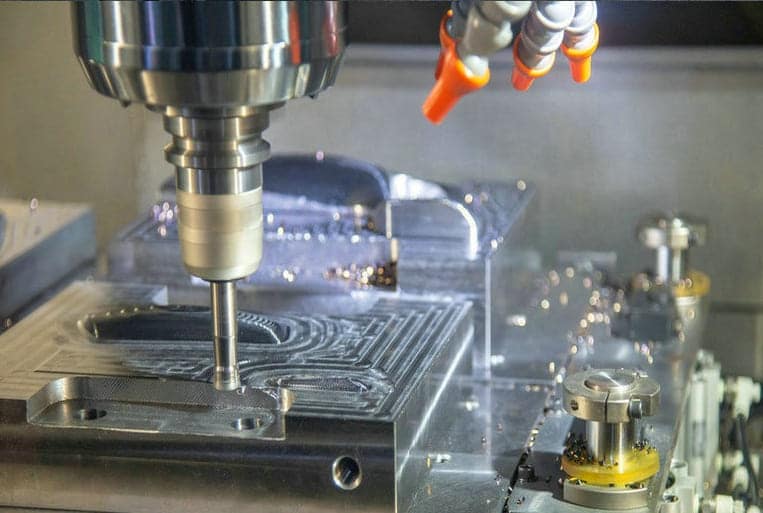
-
Versatility in Design and Customization Options
Aluminum can be easily fabricated for a wide variety of styles. It is durable and available in a range of several forms like sheets, extruded profiles, and flat panels.
Aluminum CNC parts exhibit different finishes, colors, and textures for different design requirements.
Manufacturers can customize Aluminum to meet specific design briefs for different products.
This metal can tolerate a variety of conditions. In brief, aluminum offers a variety of choices to the engineers for designing and customization options.
-
Recyclable and Environmentally Friendly
Aluminum is a soft and ductile metal. It is easily obtainable on earth. as a silvery gray outer appearance.
The environment-friendly properties of Aluminum make it a better option for CNC machining.
Additionally, it is highly recyclable. In this modern era, the priority of every industry is to reduce the environmental impact while minimizing material waste.
Everyone’s concerned about nature and climate change.
The manufacturing industries select Aluminum because it serves two purposes. First, this metal is environmentally friendly.
Secondly, it saves production costs. So, the business companies prefer using Aluminum for building CNC components.
As the CNC machining applications generally produce large amounts of waste materials while processing, it is important to use recyclable materials.
Aluminum is the most compatible candidate for this purpose.
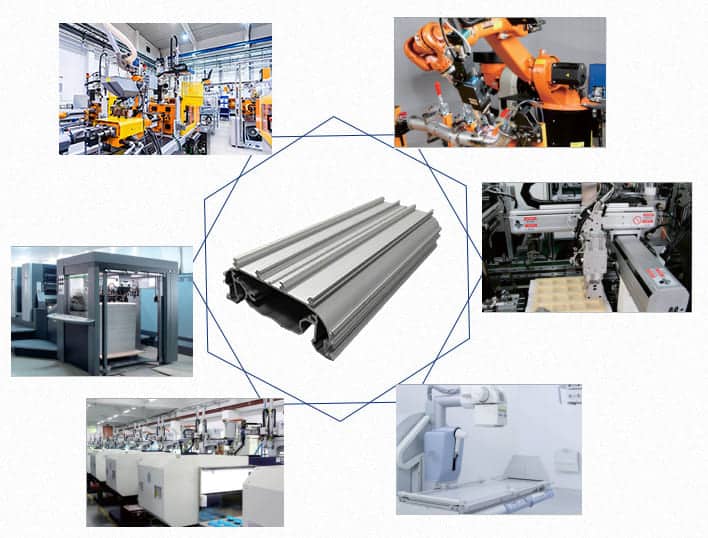
Drawbacks of Aluminium CNC Parts
-
Lower Hardness Compared to Other Materials
The pure form of aluminum is quite soft in texture. It is a major drawback of using aluminum. For that reason, manufacturers need to use aluminum alloys.
The aluminum alloys are harder and have higher strength compared to the pure aluminum.
In most applications, various aluminum alloys are useful, not the aluminum metal. Some CNC machining parts production may be troublesome for this property of aluminum.
-
Limited Temperature Resistance
Aluminum CNC parts production comes with some machining difficulty. Aluminum has the chemical property of melting at a lower temperature.
This is why it can be difficult to apply mechanical power to aluminum and make machinery parts.
The oxide coating on aluminum is susceptible to damage due to its relatively low melting temperature. This can lead to the damage of tooling.
This is another concern of using aluminum CNC parts as aluminum shows limited performance at increased temperatures.
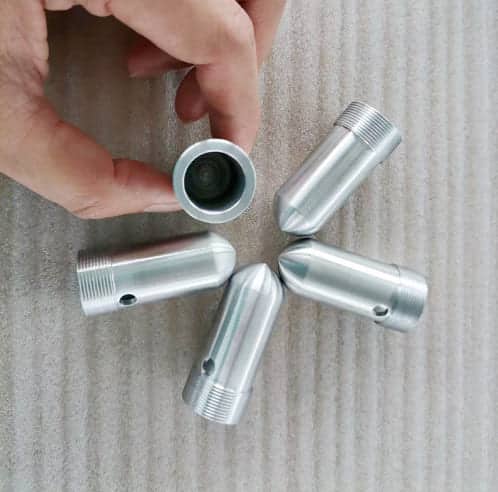
-
Higher Cost Compared to Other Materials
The process of machining aluminum involves increased energy costs. Aluminum is found in nature on a large scale but it is more expensive than other industry materials.
The reason behind the higher cost is that aluminum doesn’t come in its pure form in nature.
It needs to be extracted from its ore called bauxite and then it must be processed to make it useful for industry use.
This process is expensive, which is why aluminum involves a higher cost compared to other common metals.
-
Susceptibility to Surface Scratches and Dings
Aluminum has a relatively soft texture. This is why it is susceptible to surface scratches. It gets scratched more easily than other durable materials.
Also, the glossy texture of aluminum makes it more prone to surface scratches and dings.
Aluminum Vs Steel
-
Composition
It is extremely important to consider the composition materials for CNC machining projects.
Compositions of the materials impact the physical and functional properties of CNC machines.
Among different choices, aluminum and steel are well suited for making CNC parts.
Aluminum is mainly composed of aluminum and some other alloying elements like magnesium and silicon.
Other trace elements of aluminum are zirconium, manganese, iron, titanium, chromium, copper, etc.
On the other hand, stainless steel is an iron alloy that consists of other elements such as 10 percent chromium and 0.03-1 percent silicon, selenium, sulfur, nickel, titanium,
molybdenum, nitrogen, copper, etc.
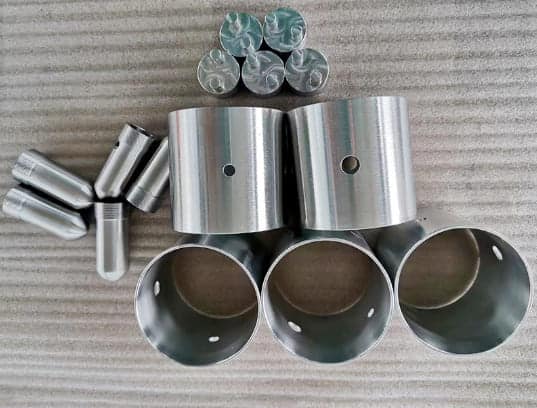
-
Cost
Many manufacturing companies of CNC machines prefer stainless steel as it is the least expensive compared to other materials.
It is a tough material and its production cost is lower. Though the cost of raw materials fluctuates over time, steel is comparatively more affordable.
In contrast, aluminum is expensive for the same weight as steel.
-
Hardness
The hardness of materials is crucial for making CNC machine parts. Stainless steel has a harder texture than aluminum.
As a result of that it becomes tougher to crack or shatter steel-made parts.
-
Corrosion Resistance
Stainless steel consists of nickel, chromium, and iron components. These elements contribute to the corrosion-resistant properties of steel.
The protective layer on its surface contributes to the corrosion-resistant nature of steel.
At the same time, aluminum is also an excellent corrosion-resistant material. Aluminum’s outer surface is built with a protective oxide layer.
As a result, it does not decay in corrosive environments. Both aluminum and steel are good choices for the production of CNC machining parts.
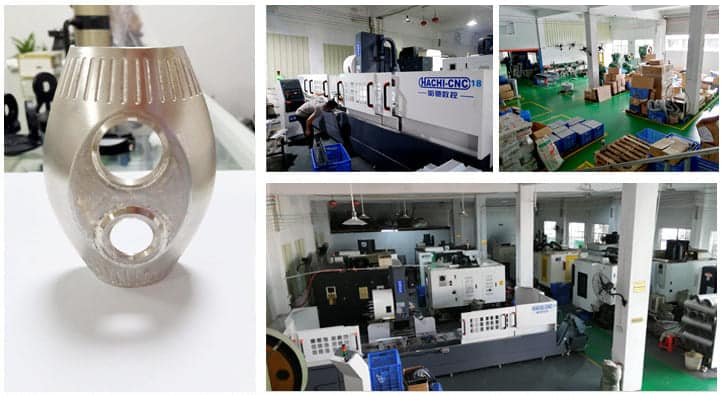
-
Plasticity
Pure aluminum is soft in nature. Also, it has a lower melting point whereas steel is hard in nature with a higher melting point.
It is easier to reform and shape aluminum than stainless steel.
-
Welding Property
Stainless steel and aluminum can be easily welded for various purposes. However, the welding process of aluminum is more complicated.
There are higher chances of getting cracks in times of welding aluminum. So, you need to ensure you have professional knowledge and skills when you welding aluminum.
-
Weight
Steel is much heavier compared to aluminum. You can measure the weight of metals from their density.
The density of pure Aluminum is almost 2.7 grams per cubic centimeter. Meanwhile, the density of stainless steel is 8.0 grams per cubic centimeter.
So, it is understandable that stainless steel is almost three times heavier than aluminum.
The difference between the weight of aluminum and steel makes it useful for different purposes.
Construction industries of aircraft and ships use lightweight aluminum whereas stainless steel is commonly used by automotive, packaging, and machinery industries.
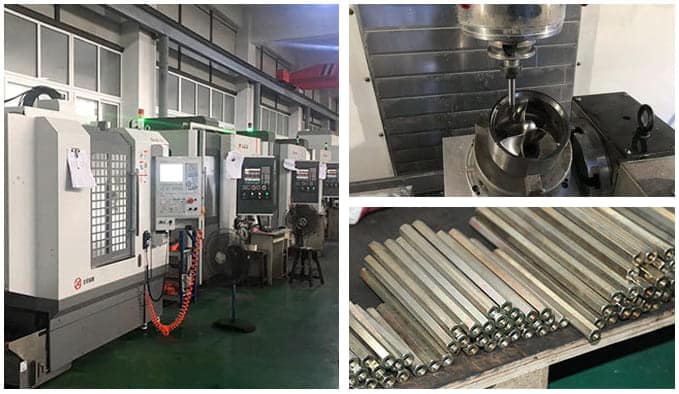
-
Yield Strength
Yield strength is the capability of a material to tolerate stress. It is the point at which a material starts to deform permanently.
The value of yield strength of steel is larger than aluminum. If you compare the value of yield strength, you will get a clear idea.
The alloys of stainless steel have yield strength in the range from 25 MPa to 2500 MPa.
Aluminum alloys have a much lower yield strength range which is 7 MPa- 11 MPa. So, this creates a difference in using steel and aluminum for different CNC parts.
Evaluation of Specific Use of Aluminum and Steel
-
Steel
The 430 and 434-grade stainless steels are popular ferritic stainless steels and 420-grade stainless steel is martensitic stainless steel.
Applications of such stainless steel involve various industries such as aerospace engineering, the agricultural sector, the construction industry, the automotive industry, household appliances, manufacturing processes, marine, and medical fields, the pharmaceutical industry, sports equipment, and so on.
-
Aluminum
2024, 5052, 6061, 6063, and 7075 are some of the most popular aluminum models for numerous industries.
Apart from that, aluminum 5052 is specifically applicable to the marine industry. This model shows excellent seawater corrosion resistance.
Conclusively, this metal is a great ingredient for the production of various marine parts.
Aluminum has an excellent property of reflecting radiant energy and it reflects almost 80% of the light waves.
Thus it becomes a preferable option for making lighting devices. After that, the aerospace industry, automotive industry, chemical processing companies, and electronic component manufacturers make the best use of aluminum.
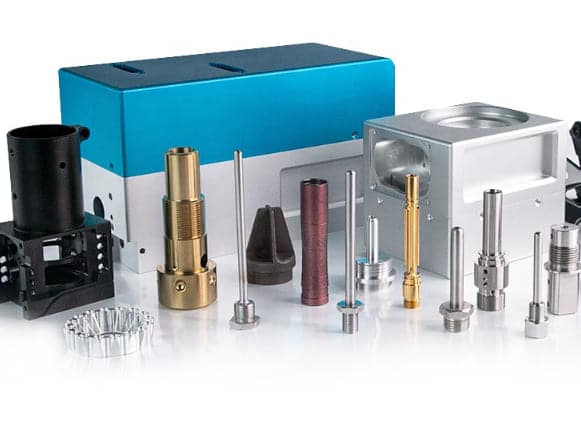
The debate over aluminum vs. steel can not be concluded with a straightforward resolution.
You can not rely solely on just one material for production purposes. Both materials have their strengths and weaknesses.
You need to decide with proper knowledge whether you want aluminum or steel for your product.
There are unavoidable positive points for both materials. Both of these can be used for CNC machining parts.
However, sometimes aluminum can be more beneficial and sometimes steel can be more beneficial for projects.
Conclusion
CNC machining is undoubtedly a diversified technology in the manufacturing industry.
The programming language-instructed tools can specifically manufacture products as you want. Here, aluminum is one of the most preferred choices for CNC machining.
Manufacturers and engineers utilize aluminum for its corrosion resistance, hardness, conductivity, and recyclability.
Aluminum is a wise choice for manufacturing processes compared to manual machining services.
Both the physical and chemical properties of aluminum have made it a potent component of Computer Numerical Control (CNC) machines.
Hopefully, the above discussion provided an insight into the benefits and drawbacks of aluminum CNC parts from a broader perspective.
 Call Us Today! (+86) 188-2253-7569
Call Us Today! (+86) 188-2253-7569